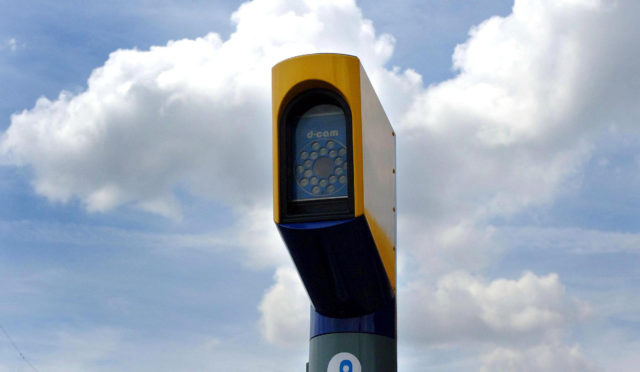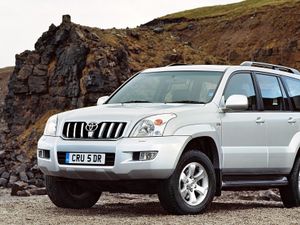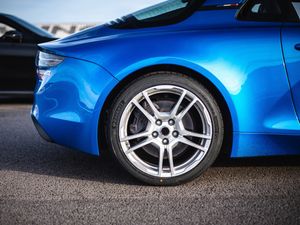Speed cameras: the different types explained
How to spot speed cameras and how best to stay on the right side of them
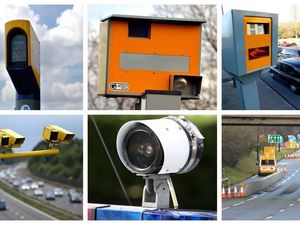
The speed camera is a classic part of the British landscape. First introduced more than two decades ago, the big yellow Gatso is instantly recognisable, visible from afar and always signposted – yet drivers still manage to get caught by them.
But the Gatso speed camera isn’t the only surveillance and safety device on UK roads. In fact, on any given trip you could be photographed by hundreds of cameras, each with their own job. Here are the most common types, and what you can do to avoid a hefty fine for contravening them…
Speed camera
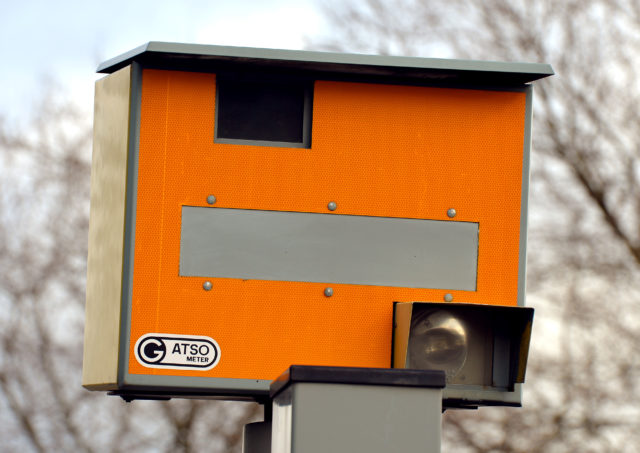
These cameras can theoretically operate at any speed above the limit – you could be ticketed for doing 31mph in a 30mph zone, for example. In reality, they’re more likely to allow a few mph above the limit – the accepted average is 10 per cent plus 2mph, though this isn’t set in stone.
These cameras must be easy to spot by law. They’re painted bright yellow, often situated in the middle of the road and well signposted. If you’re caught, it’s difficult to argue your way out of it – only if all limit signs are illegible or if you can prove that the camera wasn’t calibrated correctly.
In most cases, you’re better off taking the hit and sparing your time. This is usually three points on your licence and a £100 fine, though it can be reduced to a speed awareness course if you’re a first-time or infrequent offender.
Average speed camera

Average speed cameras are most often used on smart motorways, where they can operate at any speed set by the overhead gantries – whether that’s 60mph to ease congestion or 40mph through roadworks.
These cameras may be integrated into overhead gantries or standalone units, painted yellow or grey. As with regular speed cameras, they can theoretically operate at any speed over the limit.
A common myth to avoid average speed cameras is changing lane in between them. While this worked on early systems, it has no effect on modern ones. Another ineffective method is one you might see many employ, which is to slow down as you pass the camera and speed up again immediately after. This also has no effect and merely ruins the traffic flow behind.
Mobile speed cameras
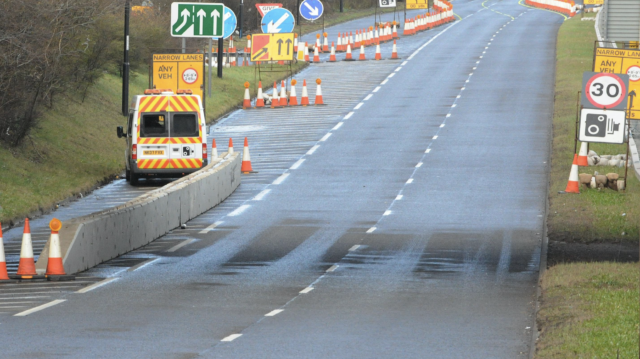
They usually take the form of a large van with opening rear windows, decorated in eye-catching police colours and peppered with speed camera emblems. Sometimes, though, they’re operated by police working from marked or unmarked cars, or standing by the roadside.
ANPR cameras
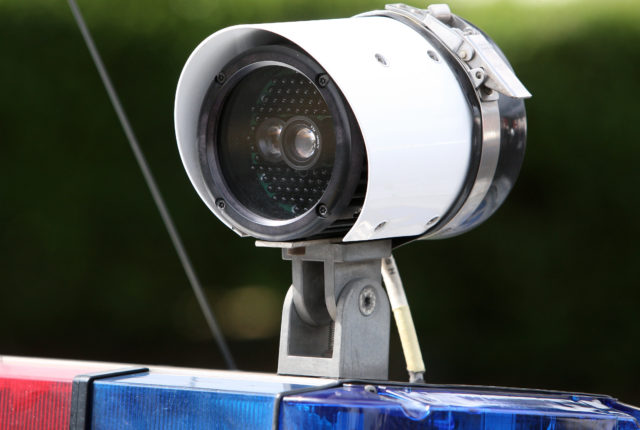
Most police cars have one of these cameras fitted to allow them to catch lawbreakers while they’re out and about. There’s no real way to avoid these, nor should you want to – unless you have something to hide!
Red light cameras

Traffic light cameras are usually installed for safety rather than revenue – they tend to be placed in high-risk areas, or where accidents involving motorists who’ve run the lights have occurred.
The punishment for being caught running a red light is usually a fixed penalty of £60 and three points, though the maximum can be £1,000, six points or even disqualification if the manoeuvre was dangerous enough.
Traffic violation cameras
